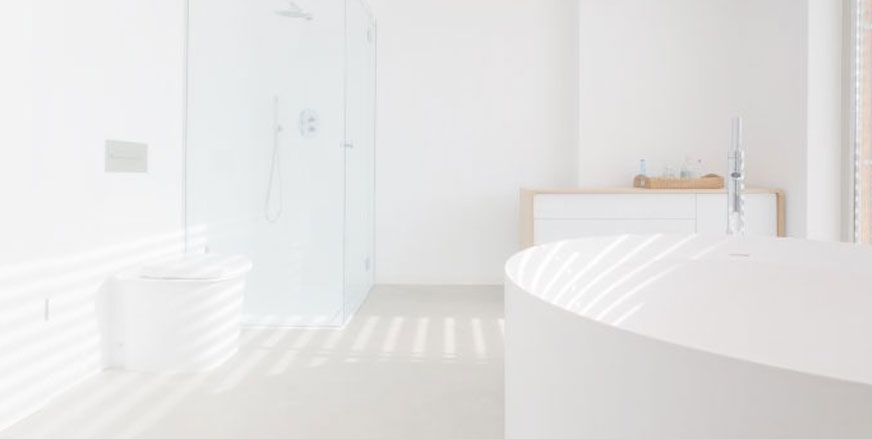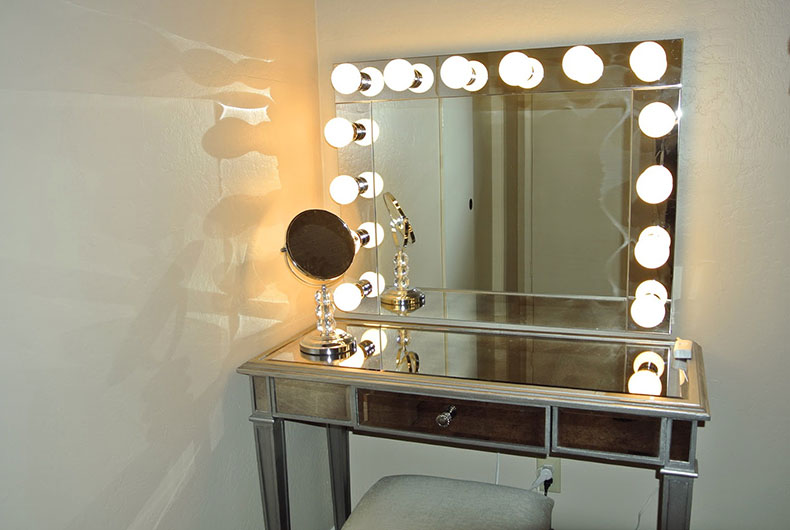In any given household, toilets are the largest consumers of water through continuous flushing. An average volume of 2.7 gallons of water is spent every day through flushing a toilet. Water consumption and water bills run concurrently. High water consumption will undoubtedly result to high water bills. Since toilets have been identified as the consumers of the largest portion of water in the household, you need to master the art of water conservation when using the toilet to reduce your water bills. Read on to get tips on how to save water when using the toilet.
1. Establishing and Fixing Any Leaks
Toilets in a home are prone to get faulty flappers, especially if they have served you for a long period of time. Due to age, the flappers mostly suffer wear and tear causing leaks in the toilet. It is always advisable to constantly check in the tank if the flappers are in good condition. Faulty flappers play a key role in the toilet tank by ensuring that the water is kept sealed in the tank. When the flappers are faulty, they cause a water waste of around 9.5 gallons per day owing to leaks. One sure way of checking if the flappers are in good condition and to check the leak is by conducting a dye test.
How does the dye test work?
Mostly, food dye is usually used when conducting the dye test. You are advised to drop a dye tablet or 10 drops of food coloring in the tank. Once this is done, you should wait for at least 10 to 15 minutes before flushing. Check in the bowl on any color alteration and if there is a color indicator as shown below, that is a confirmation that your toilet has a leak.

Once you establish the leak, you can replace the flapper by buying a new flapper. They are usually cheap and affordable and available from any home improvement store. The replacement process is simple and once the flappers are replaced, this will save you water use in the toilet.
2. Replacing your Toilet with a One-piece Dual Flush Toilet
One-piece dual flush toilet is known to be an efficient water saver in the home. This new model uses 1.6 gallons per flush compared to the other older model which uses around 3.5 gallon per flush. It has a higher efficiency giving an overhaul in water conservation in the home and a reduction of water bills. The dual flush toilet has two buttons. The first button is made for liquid waste and uses 8 gallons of water. The second button specifically sorts out the solid waste using 1.6 gallons of water.
3. By Using a Drop-A-Brick
The Drop-A-Brick is a light rubber brick which is inserted in the toilet tank as shown below.

It is heavy enough to bring about water displacement once inserted in the tank. The brick is made up of made of hydrogel which once it absorbs water when placed inside the toilet tank, it expands 200 times its normal size giving it allowance to sink at the tank surface.
4. Installing your Toilet Tank with a Retrofit Kit
If you are not in a position to afford a dual flush one-piece toilet, retrofit kits as fitted below come in handy.

Retrofit Kits are usually fitted in older toilets to make it a dual flush toilet to conserve water in the home. They are affordable in a market range of $30 and they are easy to install. The working mechanism of a retrofit kit is that it paves way for water adjustment in the toilet tank making them water efficient.
5. Brick Insertion in the Toilet Tank
This is an old method that has been proved over time on saving water when using the toilet. To save on water, you can use a brick by inserting it in the tank. By doing this, you displace the water volume which gives provision to retain the same flushing pressure by using less water. However, putting a brick in the toilet tank can cause plumbing issues and toilet tank damage. Though some people still use this old method, the modern technology is replacing this old method through a Drop-A-Brick rubber brick.
6. Household Displacement Devices
If you cannot afford a dual flush one piece toilet or a Drop-A- Brock or a Retrofit Kit, you can still opt for household displacement devices. Much as the brick method is cost free, many people have reservations on inserting the brick in their toilet tanks owing to possible damages. If you have reservations on using the brick method, you can put a plastic or glass jug with water and put it in the tank to displace the water volume
Another alternative is to put a soda bottle filled with sand or marbles and place it in the toilet tank. It will serve the purpose of water displacement and save on water when flushing.
Conclusion
Whilst the methodology of household displacement devices and bricks to save on water when using the toilet come in handy without cost implications, they usually offer a temporary solution to water conservation.
Fixing your toilet of any leaks will also help to conserve water as outlined above but the fixtures do not come to an end. A leaking toilet which has been replaced with new flappers already gives an indication it has served its time and is prone to constant fixing in due time.
The Dip-A-Block and Retrofit Kits are also cheap and affordable and give a more better solution than the household displacement devices, but their life span is not guaranteed as they are prone to break downs and replacements.
It is recommended to invest in a more permanent solution that will give you dependable results in water conservation. The best permanent method that will guarantee you long term water conservation in your home when it comes to your toilet is investing in a one-piece dual flush toilet. They are easy to install and have a high efficiency in the dual flushing that provides for water efficiency.










Post Comments
You must be logged in to post a comment.
click here to log in